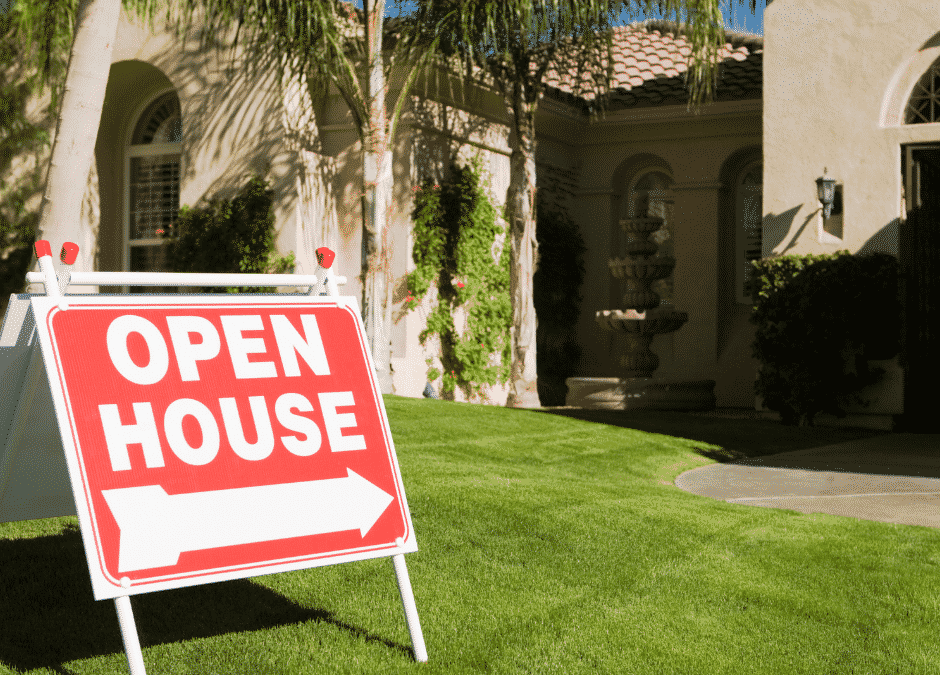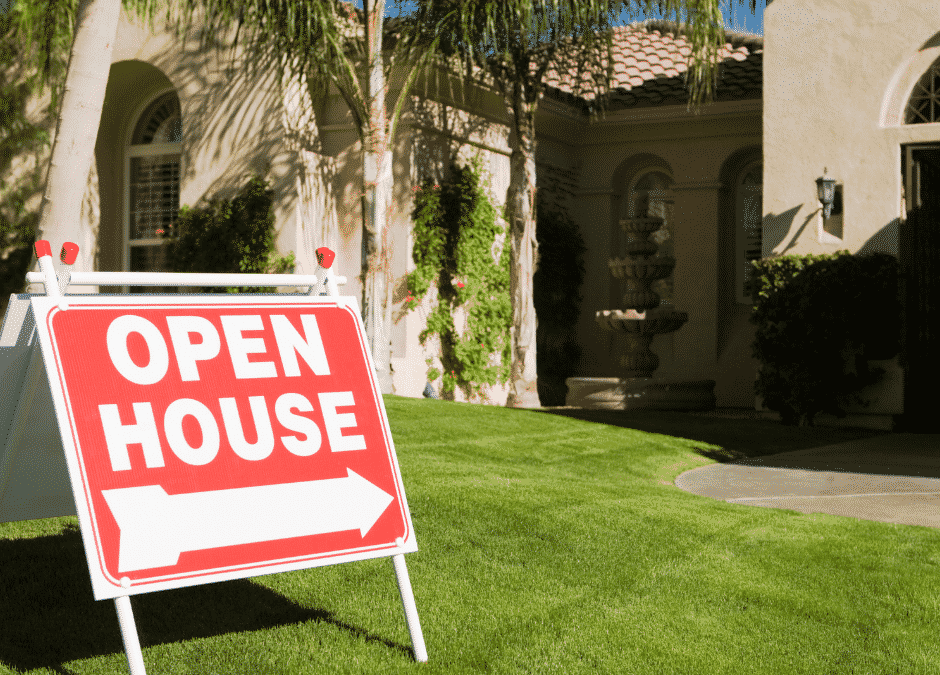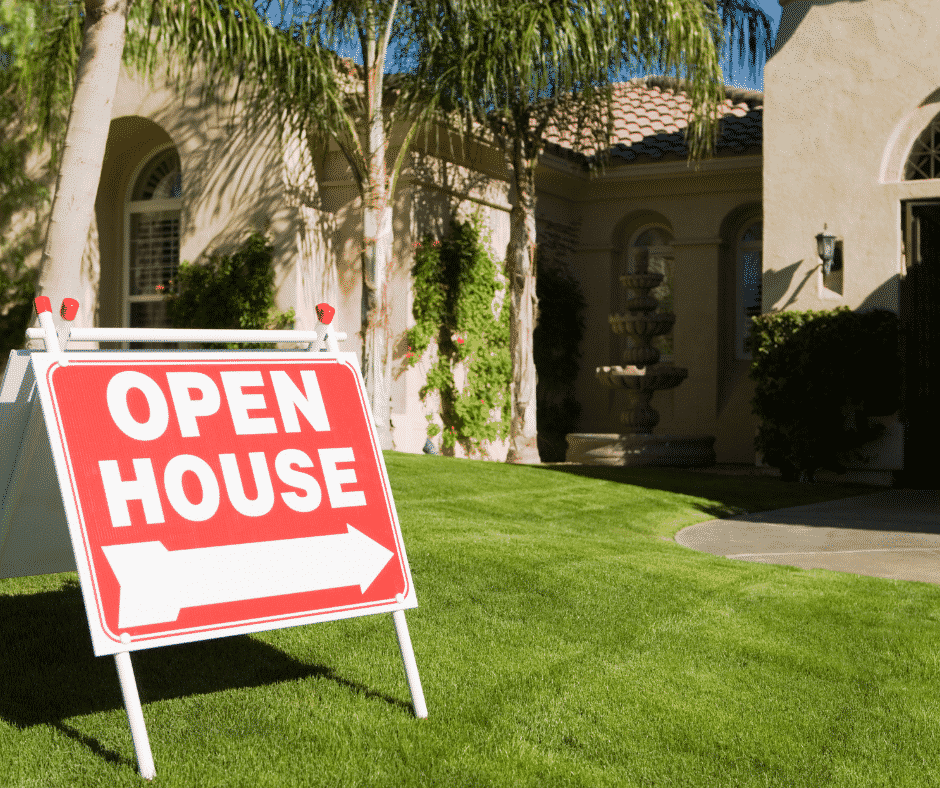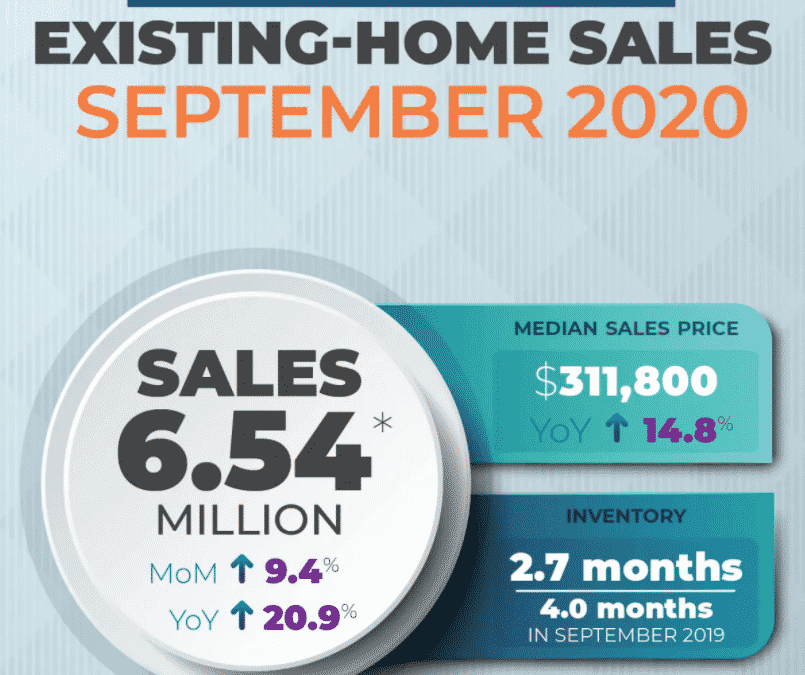“Home sales traditionally taper off toward the end of the year, but in September they surged beyond what we normally see during this season,” said Lawrence Yun, NAR’s chief economist. “I would attribute this jump to record-low interest rates and an abundance of buyers in the marketplace, including buyers of vacation homes given the greater flexibility to work from home.”
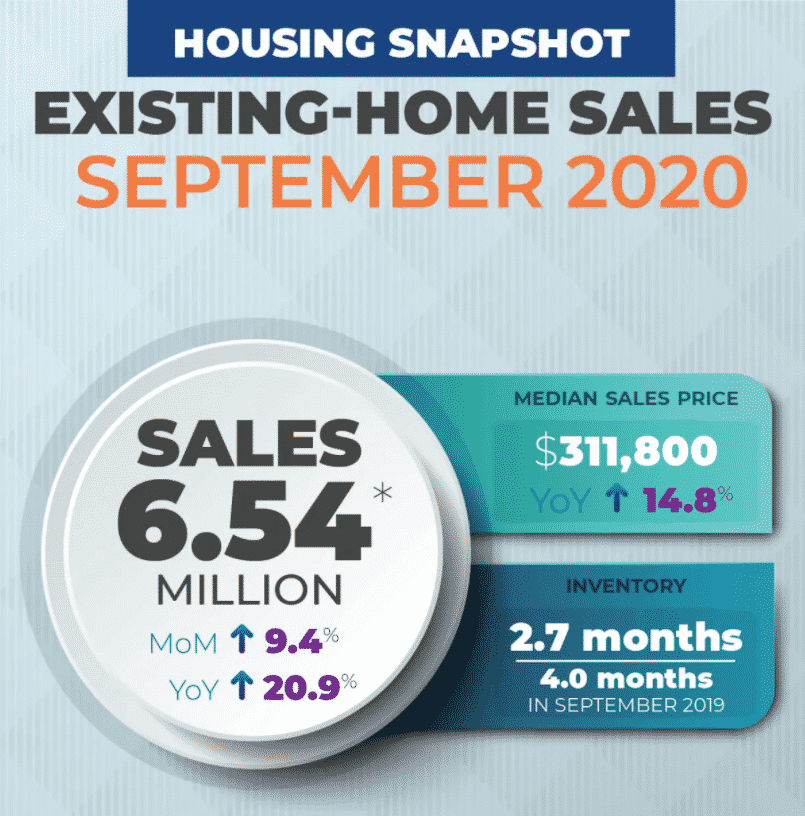 The median existing-home price2 for all housing types in September was $311,800, up 14.8% from September 2019 ($271,500), as prices rose in every region. September’s national price increase marks 103 straight months of year-over-year gains.
The median existing-home price2 for all housing types in September was $311,800, up 14.8% from September 2019 ($271,500), as prices rose in every region. September’s national price increase marks 103 straight months of year-over-year gains.
Total housing inventory3 at the end of September totaled 1.47 million units, down 1.3% from August and down 19.2% from one year ago (1.82 million). Unsold inventory sits at a 2.7-month supply at the current sales pace, down from 3.0 months in August and down from the 4.0-month figure recorded in September 2019.
“There is no shortage of hopeful, potential buyers, but inventory is historically low,” Yun said. “To their credit, we have seen some homebuilders move to ramp up supply, but a need for even more production still exists.”
Sales in vacation destination counties have seen a strong acceleration since July, with a 34% year-over-year gain in September.
“The uncertainty about when the pandemic will end coupled with the ability to work from home appears to have boosted sales in summer resort regions, including Lake Tahoe, mid-Atlantic beaches (Rehoboth Beach, Myrtle Beach), and the Jersey shore areas,” Yun said.
Additionally, a recent NAR study confirms that many Americans continue to seek new living situations due to the coronavirus pandemic.
Properties typically remained on the market for 21 days in September – an all-time low – seasonally down from 22 days in August and down from 32 days in September 2019. Seventy-one percent of homes sold in September 2020 were on the market for less than a month.
First-time buyers were responsible for 31% of sales in September, down from the 33% in both August 2020 and September 2019. NAR’s 2019 Profile of Home Buyers and Sellers – released in late 20194 – revealed that the annual share of first-time buyers was 33%.
Individual investors or second-home buyers, who account for many cash sales, purchased 12% of homes in September, a small decline from the 14% figure recorded in both August 2020 and September 2019. All-cash sales accounted for 18% of transactions in September, unchanged from August but up from 17% in September 2019.
Distressed sales5 – foreclosures and short sales – represented less than 1% of sales in September, equal to August’s percentage but down from 2% in September 2019.
“Home sales flourished this past month, even as we contend with an ongoing and unforgiving pandemic,” said NAR President Vince Malta, broker at Malta & Co., Inc., in San Francisco, Calif. “I couldn’t be prouder of all the brokerages and Realtors® who have helped us navigate these challenging times to ensure our nation’s economy continues moving forward.”
According to Freddie Mac, the average commitment rate(link is external) for a 30-year, conventional, fixed-rate mortgage decreased to 2.89% in September, down from 2.94% in August. The average commitment rate across all of 2019 was 3.94%.
Single-family and Condo/Co-op Sales
Single-family home sales sat at a seasonally-adjusted annual rate of 5.87 million in September, up 9.7% from 5.35 million in August, and up 21.8% from one year ago. The median existing single-family home price was $316,200 in September, up 15.2% from September 2019.
Existing condominium and co-op sales were recorded at a seasonally-adjusted annual rate of 670,000 units in September, up 6.3% from August and up 13.6% from one year ago. The median existing condo price was $272,700 in September, an increase of 9.9% from a year ago.
Regional Breakdown
For four straight months, home sales have grown in every region compared to the previous month. Median home prices increased at double-digit rates in each of the four major regions from one year ago.
September 2020 saw existing-home sales in the Northeast jump 16.2%, recording an annual rate of 860,000, a 22.9% increase from a year ago. The median price in the Northeast was $354,600, up 17.8% from September 2019.
Existing-home sales grew 7.1% in the Midwest to an annual rate of 1,510,000 in September, up 19.8% from a year ago. The median price in the Midwest was $243,100, a 14.8% increase from September 2019.
Existing-home sales in the South increased 8.5% to an annual rate of 2.80 million in September, up 22.3% from the same time one year ago. The median price in the South was $266,900, a 13.0% increase from a year ago.
Existing-home sales in the West rose 9.6% to an annual rate of 1,370,000 in September, an 18.1% increase from a year ago. The median price in the West was $470,800, up 17.1% from September 2019.
The National Association of Realtors® is America’s largest trade association, representing more than 1.4 million members involved in all aspects of the residential and commercial real estate industries.
For local information, please contact the local association of Realtors® for data from local multiple listing services (MLS). Local MLS data is the most accurate source of sales and price information in specific areas, although there may be differences in reporting methodology.
NOTE: NAR’s Pending Home Sales Index for September is scheduled for release on October 29, and Existing-Home Sales for October will be released November 19; release times are 10:00 a.m. ET.
1 Existing-home sales, which include single-family, townhomes, condominiums and co-ops, are based on transaction closings from Multiple Listing Services. Changes in sales trends outside of MLSs are not captured in the monthly series. NAR rebenchmarks home sales periodically using other sources to assess overall home sales trends, including sales not reported by MLSs.
Existing-home sales, based on closings, differ from the U.S. Census Bureau’s series on new single-family home sales, which are based on contracts or the acceptance of a deposit. Because of these differences, it is not uncommon for each series to move in different directions in the same month. In addition, existing-home sales, which account for more than 90% of total home sales, are based on a much larger data sample – about 40% of multiple listing service data each month – and typically are not subject to large prior-month revisions.
The annual rate for a particular month represents what the total number of actual sales for a year would be if the relative pace for that month were maintained for 12 consecutive months. Seasonally adjusted annual rates are used in reporting monthly data to factor out seasonal variations in resale activity. For example, home sales volume is normally higher in the summer than in the winter, primarily because of differences in the weather and family buying patterns. However, seasonal factors cannot compensate for abnormal weather patterns.
Single-family data collection began monthly in 1968, while condo data collection began quarterly in 1981; the series were combined in 1999 when monthly collection of condo data began. Prior to this period, single-family homes accounted for more than nine out of 10 purchases. Historic comparisons for total home sales prior to 1999 are based on monthly single-family sales, combined with the corresponding quarterly sales rate for condos.
2 The median price is where half sold for more and half sold for less; medians are more typical of market conditions than average prices, which are skewed higher by a relatively small share of upper-end transactions. The only valid comparisons for median prices are with the same period a year earlier due to seasonality in buying patterns. Month-to-month comparisons do not compensate for seasonal changes, especially for the timing of family buying patterns. Changes in the composition of sales can distort median price data. Year-ago median and mean prices sometimes are revised in an automated process if additional data is received.
The national median condo/co-op price often is higher than the median single-family home price because condos are concentrated in higher-cost housing markets. However, in a given area, single-family homes typically sell for more than condos as seen in NAR’s quarterly metro area price reports.
3 Total inventory and month’s supply data are available back through 1999, while single-family inventory and month’s supply are available back to 1982 (prior to 1999, single-family sales accounted for more than 90% of transactions and condos were measured only on a quarterly basis).
4 Survey results represent owner-occupants and differ from separately reported monthly findings from NAR’s Realtors® Confidence Index, which include all types of buyers. Investors are under-represented in the annual study because survey questionnaires are mailed to the addresses of the property purchased and generally are not returned by absentee owners. Results include both new and existing homes.
5 Distressed sales (foreclosures and short sales), days on market, first-time buyers, all-cash transactions and investors are from a monthly survey for the NAR’s Realtors® Confidence Index, posted at nar.realtor.
 Home sellers often hear that if they ever hope to find a buyer, they must whip their house into perfect shape—fix this, paint that, overhaul your horribly outdated kitchen. But just looking at the list of renovations is exhausting!
Home sellers often hear that if they ever hope to find a buyer, they must whip their house into perfect shape—fix this, paint that, overhaul your horribly outdated kitchen. But just looking at the list of renovations is exhausting!




